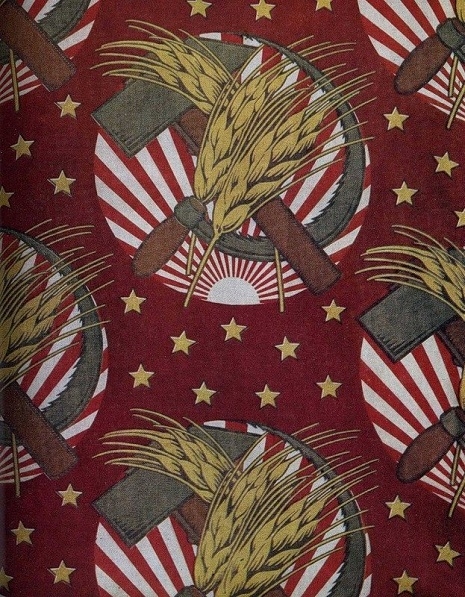I’ve heard it said many times: “I don’t trust people who don’t swear.” It’s not an empirical statement. Just an intuition, that people who shy away from salty language might also shy away from certain truths—may even be, perhaps, a little delusional. Few people characterize teetotalers of swearing with more bite than Stephen Fry, who believes “the sort of twee person who thinks swearing is in any way a sign of a lack of education or of a lack of verbal interest is just a fucking lunatic.” George Carlin would approve. A comically exaggerated view. No, swearing isn’t necessarily a sign of mental illness. But it does correlate strongly with truthtelling.
It seems all the suspicious salts out there may have happened upon a measurable phenomenon. A study published last year with the cheeky title “Frankly, We Do Give a Damn: The Relationship Between Profanity and Honesty,” notes, “the consistent findings across the studies suggest that the positive relation between profanity and honesty is robust, and that relationship found at the individual level indeed translates to the society level.” It’s true, some research shows that people who swear may be likely to violate other social norms, god bless ‘em, but they are also less likely to lie during police interrogations.
After reviewing the literature, the researchers, led by Maastricht University Psychologist Gilad Feldman, describe the results of their own experiments. They asked 276 people to report on their swearing habits (or not) in detail. Those people then took a psychological test that measured their levels of honesty. Next, the team analyzed 70,000 social media interactions, and reported that “profanity and honesty were found to be significantly and positively correlated, indicating that those who used more profanity were more honest in their Facebook status updates.” They did not say whether high levels of honesty on Facebook is desirable.
Finally, Feldman and his colleagues widened their scope to 48 U.S. states, and were able to correlate social media data with measures of government accountability. States with higher levels of swearing had a higher integrity score according to a 2012 index published by the Center for Public Integrity. (Believe or not, New Jersey had some of the highest scores.) All three of their studies yielded similar results. “At both the individual and society level,” they conclude, “we found that a higher rate of profanity use was associated with more honesty.” This does not mean, as Ephrat Livni writes at Quartz, that “people who curse like sailors” won’t “commit serious ethical crimes—but they won’t pretend all’s well online.”
As to the question of whether swearing betrays a lack of education and an impoverished vocabulary, we might turn to linguist, psychologist, and neuroscientist Steven Pinker, who has made a learned defense of foul language, in drily humorous talks, books, and essays. “When used judiciously,” he writes in a 2008 Harvard Brain article, “swearing can be hilarious, poignant, and uncannily descriptive.” His is an argument that relies not only on data but on philosophical reflection and literary appreciation. “It’s a fact of life that people swear,” he says, and so, it’s a fact of art. Shakespeare invented dozens of swears and was never afraid to work blue. Perhaps that’s why we find his representations of humanity so perennially honest.
You can read “Frankly, We Do Give a Damn: The Relationship Between Profanity and Honesty” here. In addition to Gilad Feldman, the research paper was also written by Huiwen Lian (The Hong Kong University of Science and Technology,) Michal Kosinski (Stanford), and David Stillwell (Cambridge).
Related Content:
Stephen Fry, Language Enthusiast, Defends The “Unnecessary” Art Of Swearing
Steven Pinker Explains the Neuroscience of Swearing (NSFW)
George Carlin Performs His “Seven Dirty Words” Routine: Historic and Completely NSFW
Free Online Psychology & Neuroscience Courses
Josh Jones is a writer and musician based in Durham, NC. Follow him at @jdmagness











